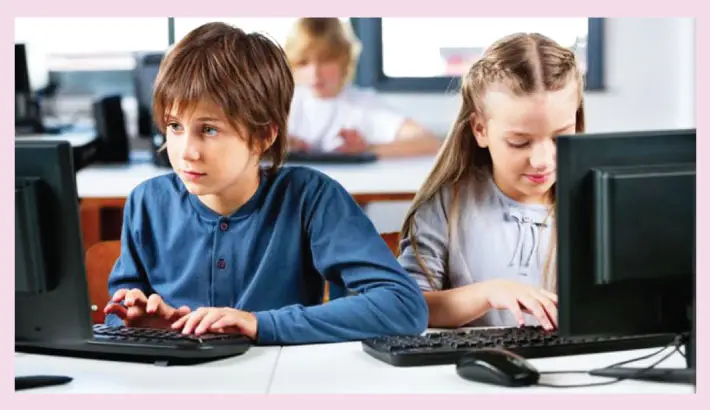-
Why the concern?
Myopia is a worldwide concern in children. In Asia more than 50 % of the young population in cities below the age of 20 are myopic. But this is also observed globally. One of the prime reasons for this increasing trend is changes in the lifestyle due to increased near work and less outdoor activities. Myopia in children is increasing at an alarming rate and could be considered as assuming pandemic proportions. -
What exactly does myopia mean?
It is near sightedness which is a form of visual impairment. When such persons look at distant objects, it appears to be blurred. As kids grow their eyes become longer. Hence the degree of myopia increases if elongation of the eyes is more than it should be at a given age. If the child’s vision system does not function properly it can affect the development adversely. If myopia is allowed to progress fast, it can affect the quality of life of the child and can even cause structural weakness of the eye thus affecting the long term vision. -
When to treat?
- Genetic – if parents are myopic, the chance increases for the child to become nearsighted.
- Environmental and lifestyle causes – excess near work, more indoor activities, lack of outdoor work, lack of natural light.
- Age of onset –myopia in children less than 7 years, increases the risk of developing high myopia.
-
Treatment options
- Corneal reshaping ( orthokeratology) – rigid lenses temporarily change the shape of thecornea, this gives clear daytime vision
- Soft contact lens – special design lenses with clear and defocused area in the back of the eye
- Spectacle lens – special myopia control lenses
- Atropine drops – regular use at night can control the progression of myopia
- Outdoor activities – minimum 2 hours per day is recommended
-
Prevention strategies
- Regular eye checkups
- Good near work habits
- Playing outdoors
- Wearing glasses
 Dr Ramesh Murthy is a renowned eye surgeon and one of the best cataract surgeons of Pune, well-known for his excellent results. Heis considered among the best eye specialists in Pune. He is also
among the best oculoplasty and best squint surgeons in the city of
Pune. He is available at Axis Eye Clinic, Pune which is among the
best eye clinics in Pune. Axis Eye Clinic provides comprehensive eye
care for all eye related problems. The staff at Axis Eye Clinic are well versed with Mediclaim and insurance procedures and are always there to help you. Axis Eye Clinic is empanelled for cashless eye surgery with all insurance companies and has facilities for Bajaj Finance.
Dr Ramesh Murthy is a renowned eye surgeon and one of the best cataract surgeons of Pune, well-known for his excellent results. Heis considered among the best eye specialists in Pune. He is also
among the best oculoplasty and best squint surgeons in the city of
Pune. He is available at Axis Eye Clinic, Pune which is among the
best eye clinics in Pune. Axis Eye Clinic provides comprehensive eye
care for all eye related problems. The staff at Axis Eye Clinic are well versed with Mediclaim and insurance procedures and are always there to help you. Axis Eye Clinic is empanelled for cashless eye surgery with all insurance companies and has facilities for Bajaj Finance. 





